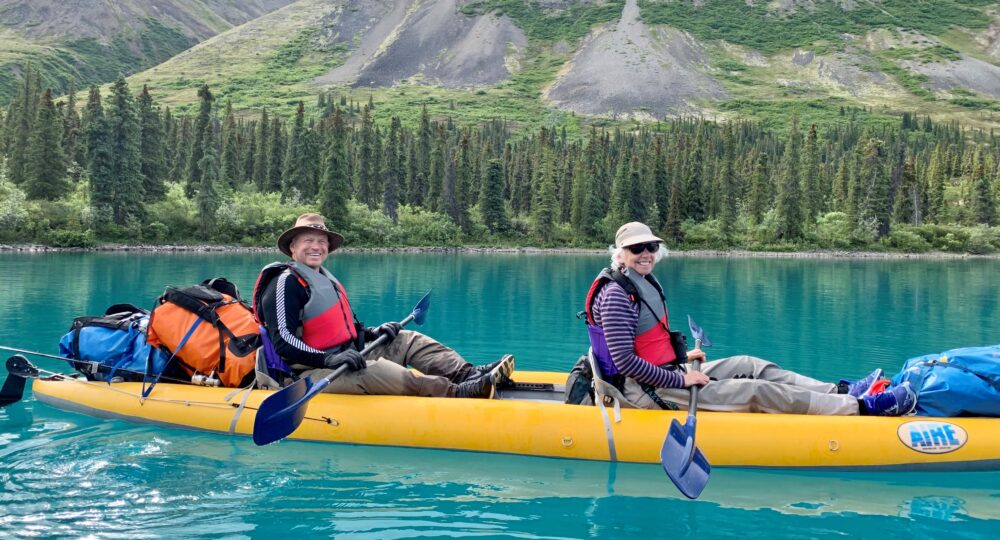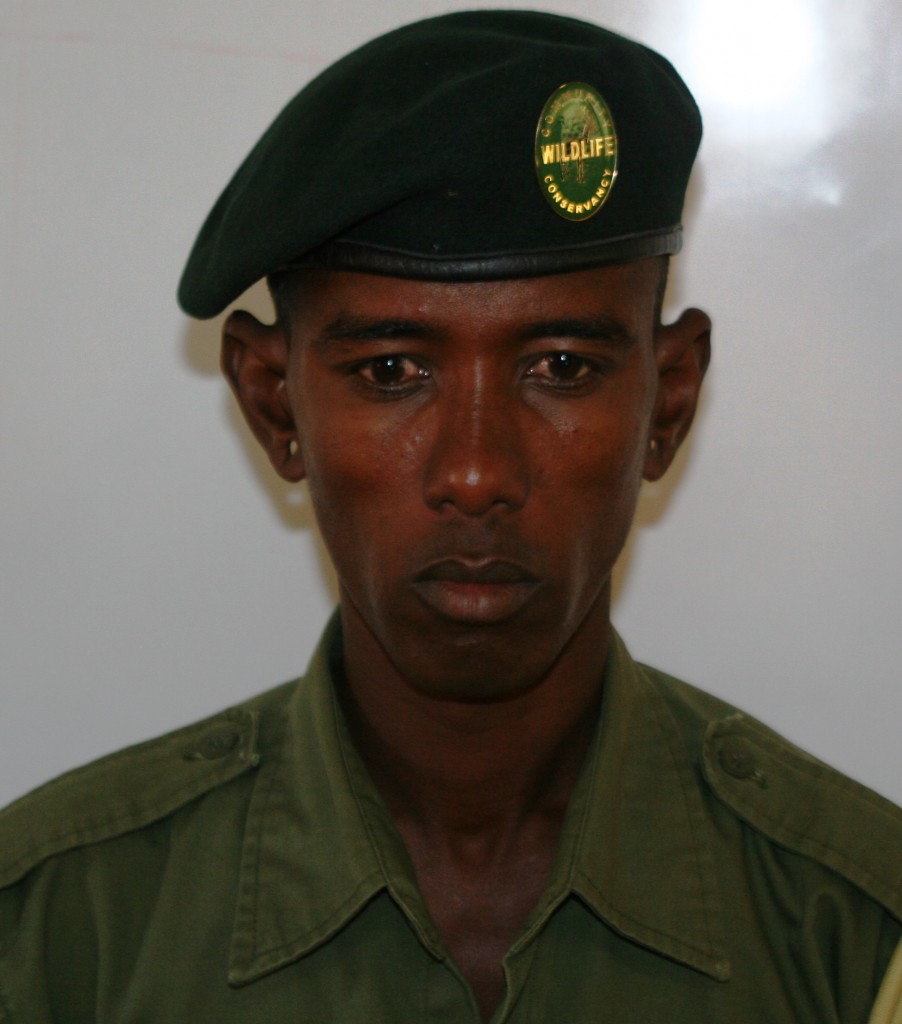“That was a very bad week for NRT,” Tom Lalampaa sighed as he stood in my office doorway. “I am very glad it is over. Things will be better now. We’ve used up all our bad luck for the entire year in this one week.”
********
The bad week began with the cattle massacre I wrote about in “This is Real Part I.” Several days later, Gabriel Nyausi, Tom Lalampaa’s right hand man, and Nelson, a NRT driver, were returning to the office after a day of meetings. It was dark. The cautious were already off the road, but Gabriel and Nelson wanted to get home. Nelson is a member of the Kenyan Defense Reserve (KDR); Gabriel is a Samburu. They don’t scare easily. Plus, they weren’t on the most dangerous stretch of the road. That distinction belongs to the main route between Seralipi and Wamba; 50 kms of unpaved, rutted, one and a half lane dirt track that winds through a gap in the mountains. It is an ambush waiting to happen.
In their official, dark green Land Cruiser, Nelson and Gabriel rounded a corner and came upon a group of men dressed in military jackets herding goats along the road. Thinking the men were fellow members of the KDR, Nelson stopped the car and rolled down his window. “Jambo” he called. The men darted into the bush and seconds later gun shots ricocheted off the NRT vehicle. Gabriel and Nelson flung themselves forward in their seats, Nelson not quite fast enough as a bullet came through the window, cut a 4 inch gash in the top of his scalp and embedded itself in the opposite door. Thinking he was hit, Gabriel patted his body frantically searching for blood. Fortunately, nothing. A minute later, Nelson recovered his composure and his crisis driving skills. He cranked the engine, grabbed the steering wheel and slammed his foot down on the accelerator. They escaped into the night. A kilometer later the two men switched seats so Nelson could tend to his wound. Gabriel and Nelson returned to Lewa and reported the incident. NRT security decided to respond.
NRT has two elite, fast response security teams, 9-1 and 9-2. Each multi-ethnic team consists of 12 men drawn from a cross section of local cultures; Masaai, Samburu, Rendille, Turkana, Borana and Somali. They receive military training, wear olive green uniforms, carry large weapons and are recognized by the Kenya Defense Forces as a legitimate security operation. 9-1 and 9-2’s main jobs are to stop poaching and livestock rustling, both big businesses in NRT’s 4,500 square mile territory. For putting their lives on the line, the men receive between $135 and $150 a month, plus insurance.
The next day, 9-1 set out to apprehend the perpetrators. They were expected. The gang had set up an ambush and one particularly zealous goat rustler vowed to kill 10 guards. He killed one, Ltadamwa Lardagos, before the group scattered into the bush. It was the first person NRT had lost. Mr. Lardagos left behind a wife and two children. He was buried 5 days later. When I asked what would happen to his wife, the answer was “it is no problem. She has already been assigned to another man in the community to be his second or third wife. Her insurance payment is 8 years’ salary. No man would turn down a woman with such a dowry.”
The killer was caught the next day.


It is worth repeating that the work you and John are doing helps NRT conservancies progress toward social stability and security. Unfortunately progress is slow and the rangelands remain a dangerous place. I thought Mike Harrison did a good job communicating this sad news in his NRT monthly update.
If you see Nelson, tell him Mango Bob is glad that he is ok.